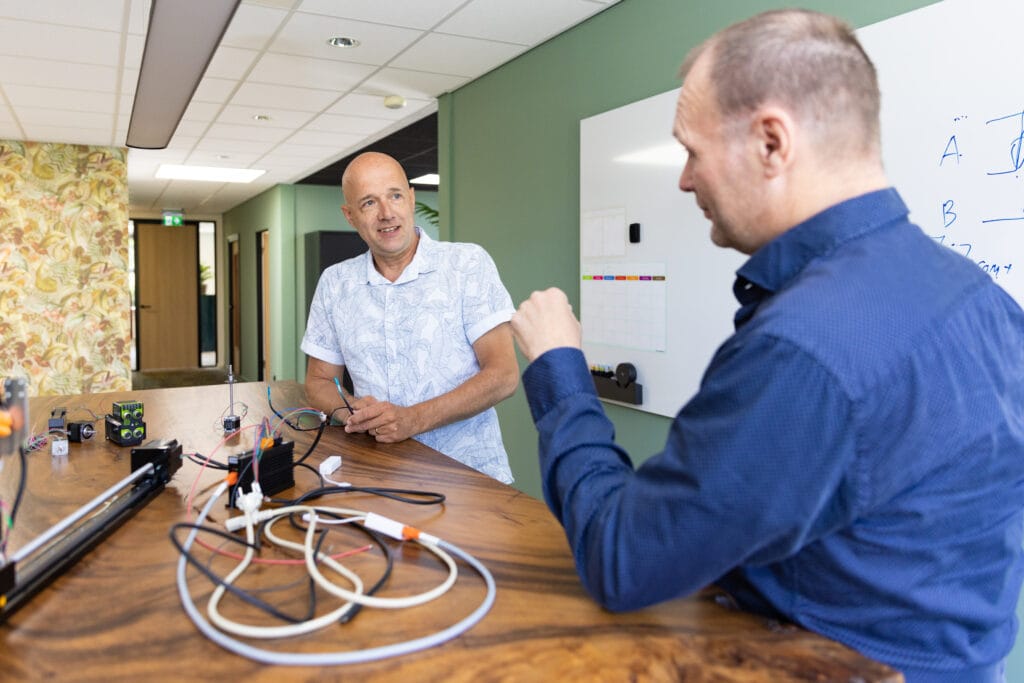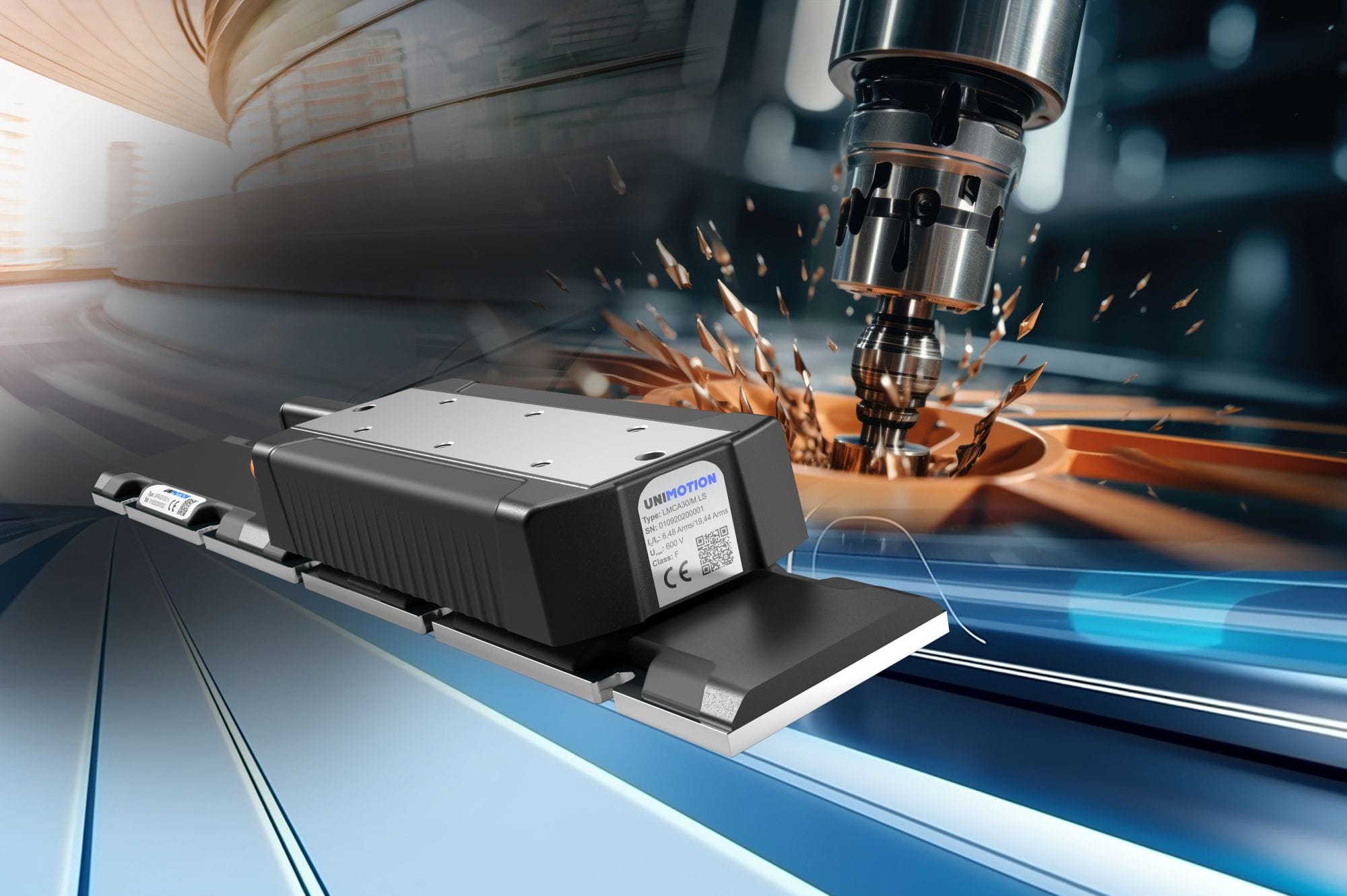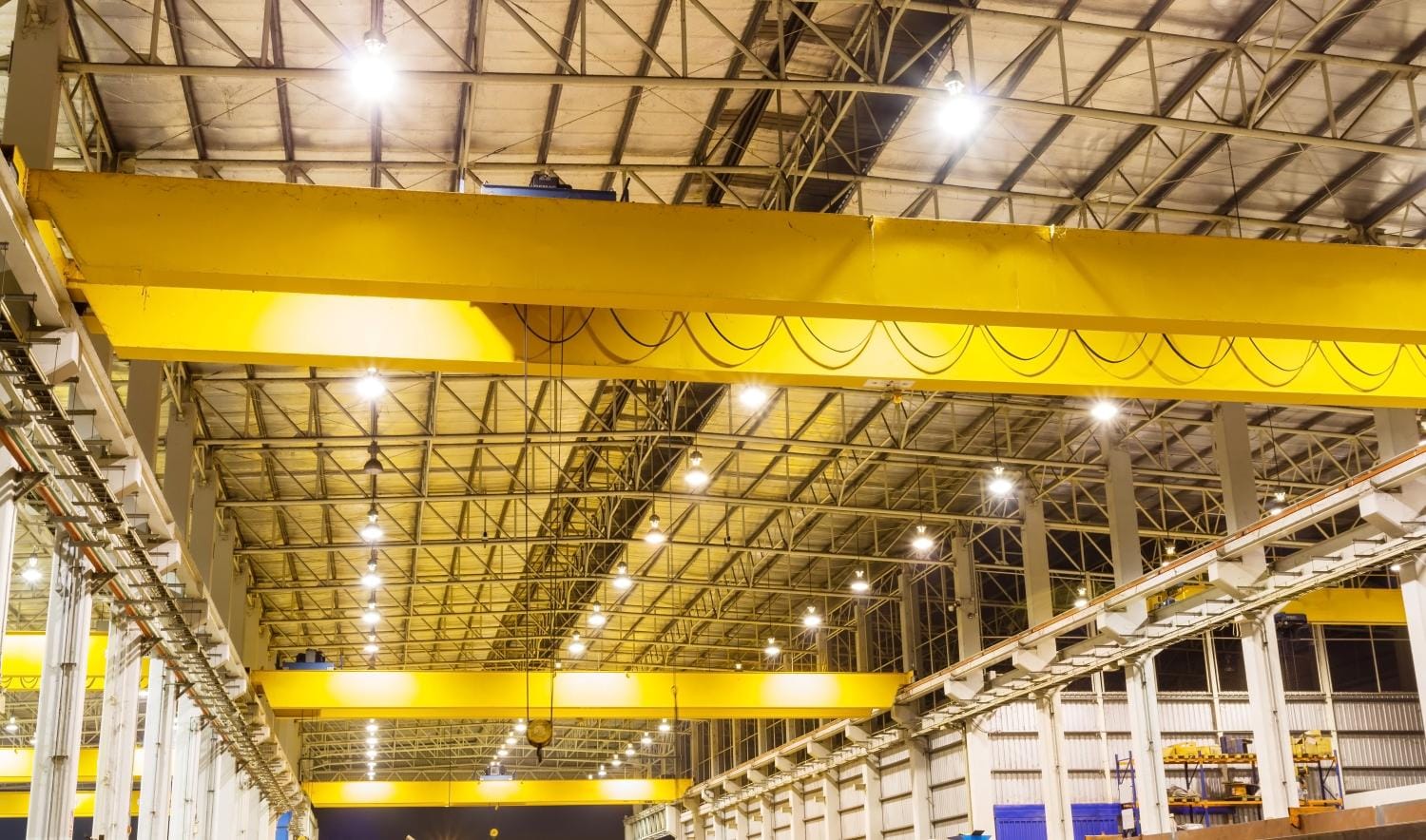When selecting a sensor solution for your application, precision, reliability, and efficiency are key. The wrong choice can lead to inaccurate measurements, reduced performance, and even costly machine downtime. Yet mistakes are often made when choosing the right sensor. And most of them are easily avoidable. In this blog, we discuss the five most common mistakes and how you can avoid them.
1. Not taking the working environment into account
A sensor does not work on its own — the environment in which it is used plays an important role in its performance and service life. A common mistake is choosing a sensor without taking into account factors such as temperature, humidity, vibrations, or chemical exposure.
What can you do? Analyze the conditions in which the sensor will operate. Will the sensor be used in a humid environment? If so, choose a model with a high IP rating. Will the machine be subject to strong vibrations? If so, a robust housing and vibration resistance are essential.
We regularly help customers select sensors that can withstand extreme temperatures, aggressive chemicals, or mechanical shocks. By determining this in advance, you can prevent malfunctions and unnecessary replacements.
2. Choosing too low accuracy
Not all applications require the same precision, but underestimating the required accuracy can have major consequences. A small deviation in measurements can lead to incorrect calculations, quality problems, or inefficient processes.
What can you do? Determine in advance how accurate the measurement needs to be. For example, do you need an inclinometer? Then you need to know whether an accuracy of ±0.1° is sufficient, or whether you need a model with a precision of ±0.02°.
In industrial automation, we often see customers choosing a sensor that is too simple in order to save costs, only to discover later that they need more accurate data. The result? Additional costs for a new sensor or modifications to the machine.
3. Not taking the output signal into account
One factor that is often overlooked is the type of output signal from the sensor. Not every sensor communicates with a control system in the same way. If the signal format is not compatible with the existing equipment, this can lead to difficult integration and additional costs for conversion systems.
What can you do? Check whether your system works with analog signals (e.g., 4-20mA, 0-10V), digital outputs, or industrial communication protocols such as CANopen or Modbus. Choose a sensor that fits seamlessly into your existing infrastructure to avoid integration problems.
4. Not making a future-proof choice
Technology is developing rapidly, and sensors are no exception. A common mistake is choosing a sensor that works now but does not connect to future expansions or improvements to the machine or process.
What can you do? Think beyond the current application. For example, choose a sensor with adjustable parameters or a model that works with open standards to make future adjustments easier. A smart sensor with IoT connectivity can, for example, collect valuable data for predictive maintenance, allowing you to work more efficiently.
5. Only looking at the price
Cost always plays a role in selecting a sensor. We often see that a choice that is too cheap can turn out to be expensive in the long run. Cheaper sensors often have a shorter lifespan, less accuracy, or lower resistance to external influences. This can result in more frequent maintenance, malfunctions, and even production downtime. As a result, the sensor ultimately costs more than it delivers.
What can you do? Don’t just look at the purchase price, but also at the Total Cost of Ownership (TCO). This includes the lifespan, maintenance costs, and the impact of a defective sensor on production. A slightly more expensive, higher-quality sensor can ultimately save a lot of money.
At Rotero, we help you find the best balance between price and performance. An investment in a reliable sensor often pays for itself quickly through fewer malfunctions and lower maintenance costs.
Choosing the right sensor with a thoughtful approach
Choosing the right sensor solution is more than just selecting a model with the right specifications. It requires a good understanding of external factors. To help you choose the right sensor, we are happy to provide you with a checklist of how to avoid these mistakes:
✔️Analyze the working environment
✔️Determine the required accuracy
✔️Check the output signal
✔️Think ahead
✔️Consider the total costs
This checklist will help you ensure that your sensors perform optimally and that your processes run more efficiently and reliably. Are you looking for the right sensor solution for your application? Contact Rotero and let our experts advise you!




